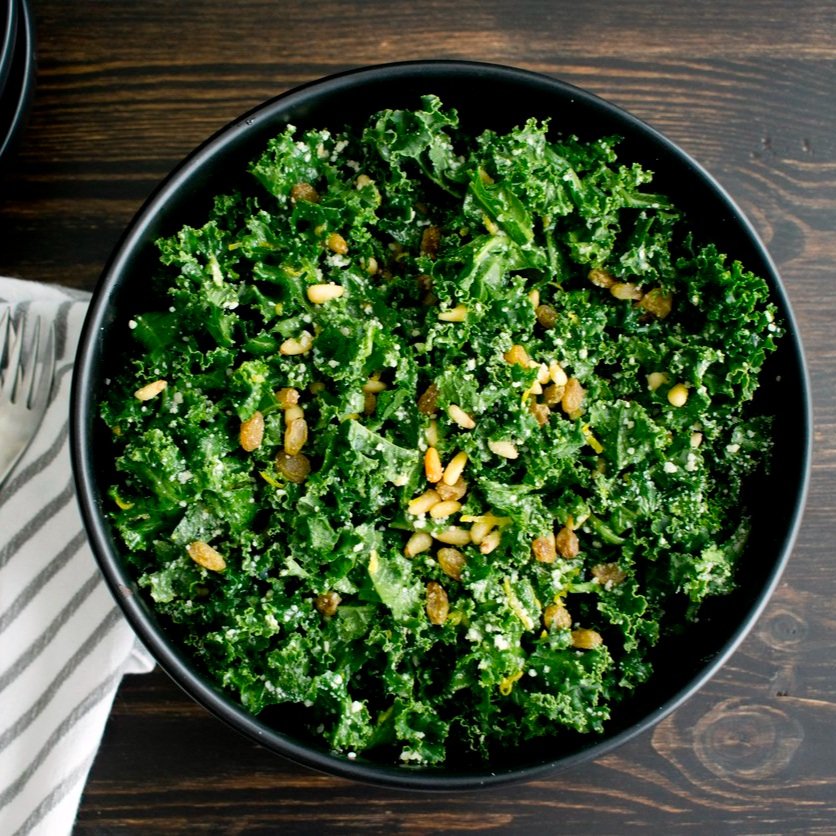On my way home from work each Wednesday afternoon, I stop by my favorite farm stand to pick up my weekly farm-fresh goods.
I look forward to it every week.🥕
Last week, spicy arugula, my favorite purple green onions, tender baby salad greens, sweet young carrots, homemade sourdough bread (grown, milled, fermented, and baked on the farm), fresh basil, and green heirloom tomatoes filled my basket.
I also stopped to pick up some pastured chicken, tender smoked salmon, and grass-fed beef at our local Whole Foods Market to turn into a few simple summery meals for our family.
I've noticed my cooking inspiration skyrocket when I am inspired by these local and seasonal ingredients. I've been finding so much joy in making lots of vegetable-forward sides — including savoring our first corn on the cob of summer last weekend!
(Also, this does not blow our food budget or feel extravagant, nor could I have bought more generic versions for significantly less money elsewhere.)
We have been loving sitting outside in our backyard most evenings to enjoy the food of the season.
That said, I was inspired to share with you a few bite-size building blocks on how to eat more regeneratively –– in a way that is doable, budget-friendly, and tasty –– while underscoring deep nourishment and satiation for you and for the planet.
Regenerative eating is centered around whole, nutrient-dense foods, sourced from regenerative and sustainable agriculture and farming practices that nourish the soil.
Eating this way prioritizes local and seasonal ingredients, reduces food waste, promotes biodiversity, increases the nutrient density of our foods, and supports farmers who adopt regenerative agriculture techniques that essentially restore soil health and lower greenhouse gas emissions.
I know I feel more interconnected, more energized, and more soulfully aligned when I eat food that not only positively impacts my own well-being, but also supports the well-being of the environment.
If you are looking for a few baby steps towards eating more regeneratively, read on!
In the year 2023, there are countless fads that promise improved health, weight loss, or being cured from illness or disease. While there is certainly some truth behind a few of these claims, few eating styles (or supplements) are what they are cracked up to be.
One way to improve your overall health, without a drastic lifestyle change or expensive meal plan, is to eat regeneratively.
Eating regeneratively involves wholesome and nutrient dense foods that contain diverse sets of ingredients. An ideal regenerative diet would include all of the nutrients that we would need to thrive. Additionally, (and most importantly) eating regeneratively helps support soil health, which creates a collaborative cycle of earth-and-human benefit.
Eating regeneratively does not have to be expensive, time consuming, or boring. In fact, it can be exciting, lively, and especially fun for trying new foods throughout various seasons of the year.
(I tried not to crowd you with research here, but there is a lot out there to support regenerative eating, regenerative agriculture, and soil health — click if you want to read some interesting research)
How can you adopt more a regenerative lifestyle and diet? Here are 5 simple ways to do so, many that you can implement starting today.
One of my favorite, and the easiest ways to eat regeneratively is to simply start in your local community by eating from places and buying from stores that sell local products. From produce to meats, spices to grains, you can eat and buy locally sourced foods and make a difference both on your plate and on the earth.
I especially love trying new restaurants that source their ingredients locally. They typically state this on their menus or website.
If you’re wondering what is locally sourced at your grocery store, stop and ask your grocer. They often have an excellent understanding of where their products come from.
Choose Grass-fed & Pastured Proteins
Eating grass-fed & pastured protein is an excellent way to eat regeneratively. Regenerative agriculture is not only good for the soil but research shows it’s imperative to manage greenhouse gas emissions.
According to Lauren Manning (professor of agriculture law at the University of Arkansas School of Law where she teaches courses in farm animal welfare, farm succession planning, food safety law, and agricultural cooperatives) adaptive grazing supercharges plants’ ability to sequester carbon.
Plants pull carbon out of the surrounding air through photosynthesis and secrete it into the soil surrounding the plant roots, which feeds microbes living in the soil. As the microbes die, they lock this carbon into the soil and prevent it from returning to the atmosphere. The healthier a plant and its root systems, the more carbon it can help sequester.
As far as how these proteins impact us as humans, grass-fed protein is unquestionably superior to grain-fed protein due to its nutrient density. This includes an improved amino acid profile, potent immune boosting supportive nutrients, as well as much more optimal omega 3 ratios and CLA fats.
When you can, choose the grass-fed or pastured option. You’ll be supporting your body, and regenerative agriculture that restores soil health, reduces carbon dioxide levels in the atmosphere, while promoting imperative biodiversity.
What time of year is your favorite when it comes to seasonal food? I can’t resist a summer watermelon (especially lately!), but give me all the squash I can get my hands on in the fall (roasted with a little butter and sea salt—okay a lot of butter).
Eating seasonally can be exceptionally fun, especially when you learn about new foods growing seasonally near you! Cue my favorite Asian green, Tatsoi (cousin of Bok Choy), grown at my favorite near by farm.
Similarly, choose organic when you can. Organic farming produces both reduces chemical toxicity in our food as it contains less toxic pesticide residue and is better for the environment because its practices involve less pollution soil erosion, and energy.
Check out the reels I made for you about the 2023 Dirty Dozen and Clean Fifteen (by The Environmental Working Group—EWG) here!
Not only will you typically save more on groceries when you buy seasonal foods, but you will also enjoy much more flavorful varieties. Seasonal fruits and vegetables are more fresh, tasty, and nutritious than during off season. If you’re wondering what foods are in season, here is a great seasonal food guide.
You don’t have to be an avid gardener to enjoy the benefits of growing your own food. And you certainly can keep it small to start out!
One of my favorite ways to enjoy fresh fruits and vegetables is to plant a few favorite items for my home use — I love salad gardens. It brings me such pride and joy to go into my garden to harvest fresh herbs, and pick cucumbers, tomatoes, and lettuce to make a fresh green salad!
There are countless tutorials on how to start a home garden, but just know that even eating just a couple of homegrown favorites yourself is considered a positive step towards regenerative eating.
Plus, if you have kids, try getting them involved. Gardening helps broaden their palates too and maybe they will pull some weeds for you if you are lucky.
Composting recycles organic matter back into the soil which helps enrich soil and plants. This in turn produces healthier soil and more nutrient-rich foods.
Composting can include saving scraps of uneaten food, eggshells, and even yard trimmings. There are multiple methods to creating an at-home compost, many of which can be read about in a composting guide. However, keep in mind that your effort to compost does not have to be complex to contribute to a regenerative lifestyle with numerous benefits.
By considering these steps to eating more regeneratively, you will swiftly be on a path to healthier and happier eating and a healthier happy earth.
The solution is always through our bodies and under our feet, meal by meal.
Bon Apetit!






































































